Discover how to grow beautiful marigold flowers in your garden with this ultimate guide. Learn about ideal growing conditions, planting techniques, care tips and ways to enjoy these vibrant blooms all season long.
Marigold are a gardener’s delight, with their bright and cheerful blooms adding a burst of color to any outdoor space. These low-maintenance flowers are not only beautiful but also incredibly easy to grow, making them a perfect choice for both novice and experienced gardeners alike. In this ultimate guide, we’ll cover everything you need to know to cultivate stunning marigolds in your garden.
Here’s a detailed information chart for Marigolds:
| Aspect | Details |
|---|---|
| Botanical Name | Tagetes spp. |
| Common Names | Marigold, French Marigold, African Marigold, Signet Marigold |
| Plant Type | Annual |
| Zones | USDA Zones 2-11 (grown as annuals in all zones) |
| Exposure | Full sun |
| Bloom Time | Late spring to fall |
| Height/Spread | 6 inches to 4 feet tall, 6-18 inches wide |
Understanding Marigolds

Marigolds belong to the genus Tagetes, which includes over 50 species of annual and perennial flowers native to the Americas. The most commonly grown varieties for gardens are the African marigold (Tagetes erecta) and the French marigold (Tagetes patula).
African marigolds are known for their large, pom-pom-like blooms that can grow up to 5 inches across, while French marigolds have smaller, more delicate flowers. Both varieties come in a range of colors, including yellow, orange, red, and even mixed shades.
Choosing the Right Variety
Before starting your marigold garden, it’s important to choose the right variety based on your preferences and growing conditions. Here are some popular options:
- Dwarf marigolds: These compact plants, growing 6-12 inches tall, are perfect for borders, containers, or edging.
- Tall marigolds: Standing 2-3 feet tall, these varieties are ideal for adding height and drama to beds or borders.
- Triploid marigolds: These hybrid varieties produce larger, fuller blooms and are often used for cut flowers.
- Signet marigolds: With their unique, small and compact flowers, signet marigolds make excellent edging plants.
Planting Marigolds
Marigolds are easy to grow from seed or nursery transplants. If starting from seed, sow them indoors 6-8 weeks before the last expected frost date in your area. Sow the seeds about 1/4 inch deep in seed-starting trays or pots filled with a well-draining seed-starting mix.
For transplanting, choose a sunny location with well-draining soil. Marigolds thrive in full sun but can tolerate partial shade, especially in hot climates. Prepare the soil by mixing in compost or well-rotted manure to improve drainage and fertility.
Space the plants according to the variety’s mature size, typically 6-12 inches apart for dwarf types and 12-18 inches apart for taller varieties. Water the transplants well after planting, and continue to water regularly until they become established.
Caring for Marigolds
Marigolds are relatively low-maintenance plants, but providing proper care will ensure they thrive and bloom abundantly throughout the growing season. Here are some key tips:
Watering: Marigolds prefer consistently moist, well-draining soil. Water them deeply once or twice a week, depending on the weather and soil conditions. Avoid letting the soil dry out completely or become waterlogged.
Fertilizing: While not strictly necessary, applying a balanced, water-soluble fertilizer every 4-6 weeks can promote healthier growth and more prolific blooming. Follow the product instructions for proper application rates.
Deadheading: Regularly removing spent flowers (deadheading) encourages the plant to produce more blooms. Simply pinch or snip off the faded flowers down to the stem’s base.
Mulching: Apply a 2-3 inch layer of mulch around the plants to help retain moisture and suppress weeds. Use organic materials like shredded bark or leaf litter.
Pest and Disease Management
Marigolds are generally resistant to most pests and diseases, but there are a few issues to watch out for:
Aphids: These small, sap-sucking insects can infest marigold plants, causing distorted growth and sticky residue (honeydew) on the leaves. Introduce beneficial insects like ladybugs or use insecticidal soap or neem oil to control infestations.
Spider mites: These tiny pests can cause yellowing and bronzing of the leaves, especially in hot, dry conditions. Regularly hosing down the plants with water can help dislodge and control spider mites.
Powdery mildew: This fungal disease appears as a white, powdery coating on the leaves and stems. Improve air circulation around the plants and avoid overhead watering to discourage its growth.
Regularly inspecting your marigolds and taking prompt action can help prevent major pest or disease problems.
Companion Planting with Marigolds
Marigolds are not only beautiful but also useful in the garden as a companion plant. Their strong scent is believed to repel certain pests, like nematodes and rabbits, while attracting beneficial insects like ladybugs and lacewings.
Consider interplanting marigolds with vegetables like tomatoes, cucumber, squash and peppers to help deter pests and improve overall garden health. They also make excellent border plants around vegetable beds or herb gardens.
Harvesting and Enjoying Marigolds
Marigolds are versatile flowers that can be enjoyed in various ways:
Cut Flowers: Regularly harvesting marigold blooms for cut flower arrangements can encourage more blooms to form. Simply snip off the stems with sharp, clean scissors or pruners.
Edible Petals: The petals of marigolds are edible and can add a vibrant pop of color and slightly citrusy flavor to salads, desserts, or even as a garnish on savory dishes.
Drying Flowers: Dried marigold petals can be used in potpourri, sachets, or even as a natural dye. To dry, simply hang the blooms upside down in a warm, dry location with good air circulation.
With their low-maintenance needs and versatile uses, marigolds are a rewarding and worthwhile addition to any garden. Follow these tips, and you’ll be rewarded with an abundance of beautiful, cheerful blooms all season long!


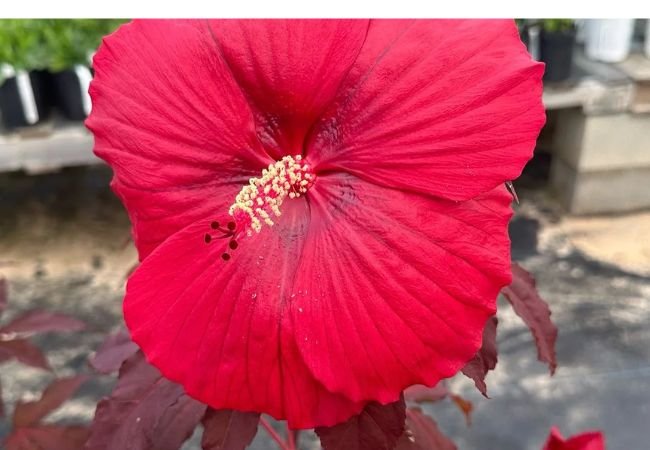
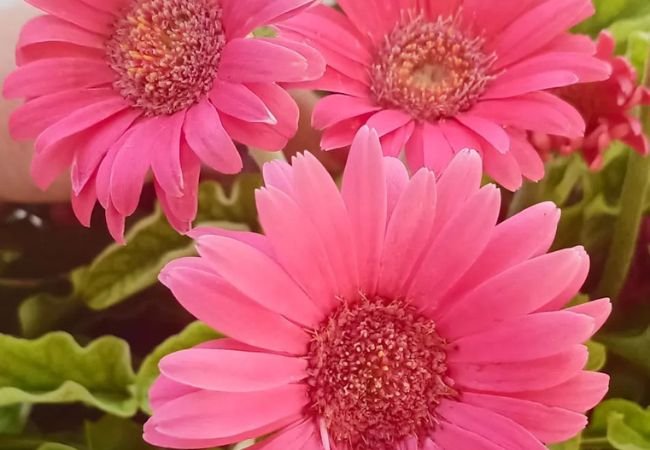
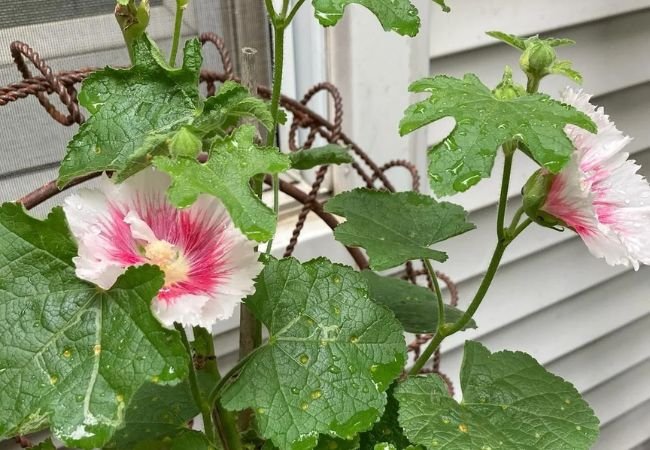
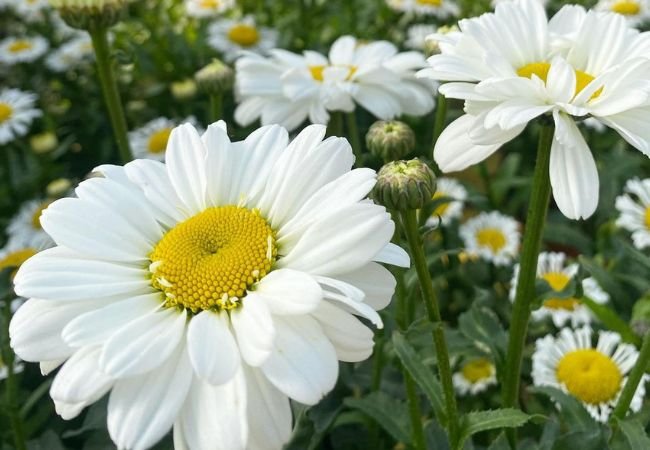
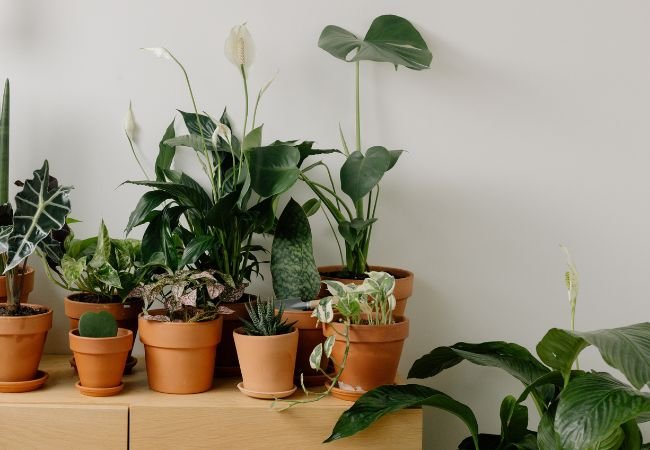

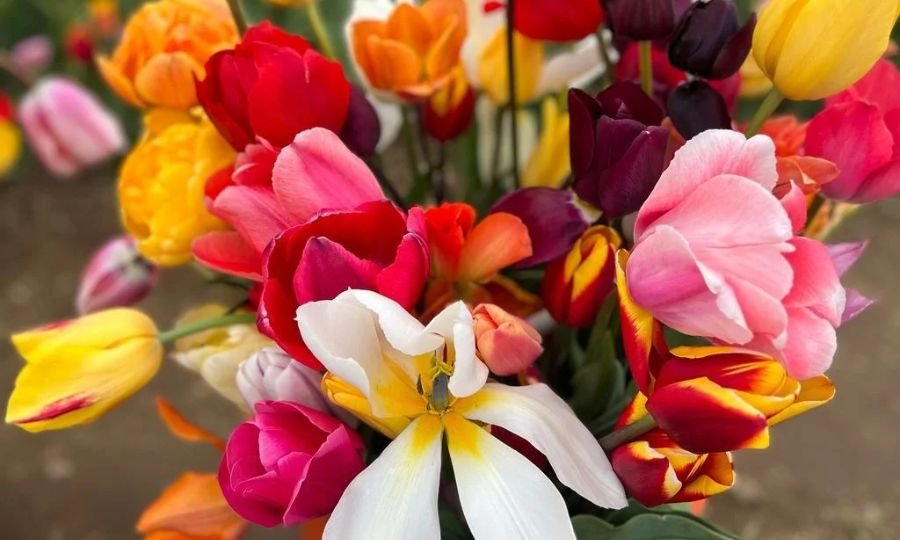
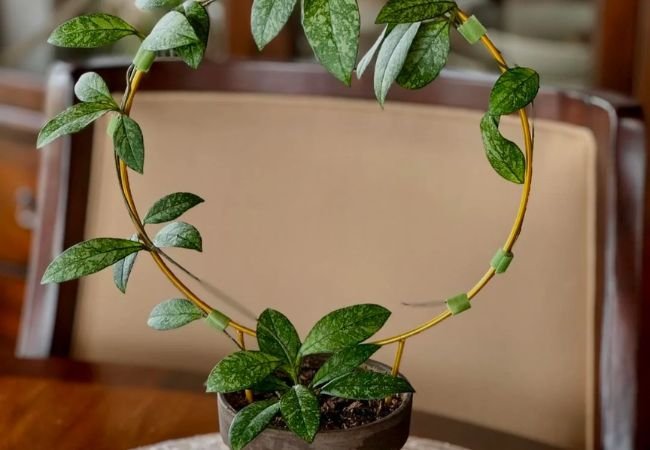
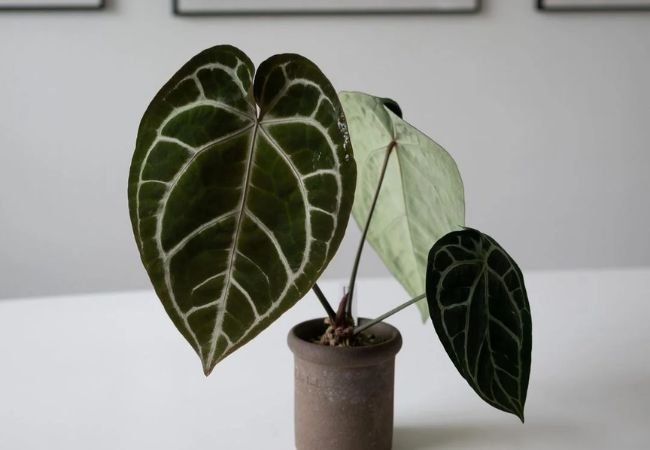
[…] Marigolds are cheerful, easy-to-grow flowers that come in shades of yellow, orange and red. They bloom all summer long and can help keep pests away from your vegetable garden. […]
[…] Marigolds […]
[…] lilies with annuals like cosmos, zinnias, and marigolds to add color and fill in gaps throughout the growing […]